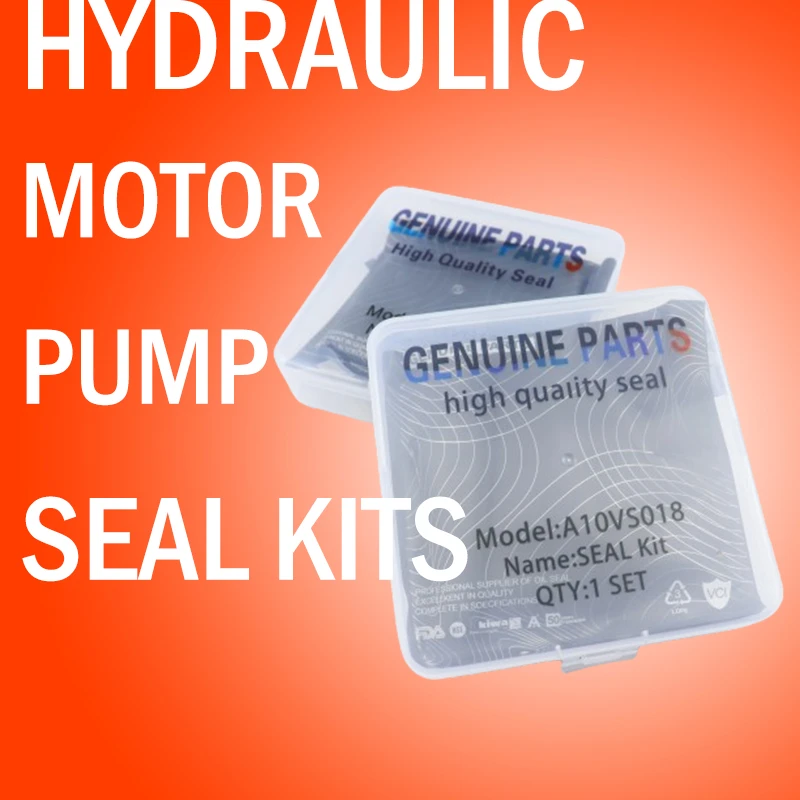Nov . 17, 2024 07:09 Back to list
hydraulic seal kit
Understanding Hydraulic Seal Kits Importance, Components, and Maintenance
Hydraulic systems are vital components in various machinery and industrial applications, providing the necessary force and motion to enable efficient operations. At the heart of these systems lies the hydraulic seal kit—a crucial element that ensures the longevity and reliability of hydraulic equipment. This article delves into the significance of hydraulic seal kits, their components, and key maintenance practices to enhance performance and durability.
What is a Hydraulic Seal Kit?
A hydraulic seal kit is a collection of seals designed to prevent the leakage of hydraulic fluid within a hydraulic system. These kits typically include O-rings, rod seals, piston seals, back-up rings, and wipers, each serving a specific purpose to maintain the integrity of the hydraulic system. The seals act as barriers, keeping the hydraulic fluid contained while preventing contaminants from entering the system.
Importance of Hydraulic Seal Kits
1. Preventing Leaks The primary function of hydraulic seals is to prevent leaks that can lead to fluid loss, reduced efficiency, and potential damage to machinery. A well-sealed hydraulic system maximizes the pressure and power of the hydraulic fluid, ensuring optimal performance.
2. Protection Against Contaminants Hydraulic systems are often exposed to dust, dirt, and other contaminants that can compromise the fluid's quality. The seals in a hydraulic seal kit shield the internal components from such pollutants, extending the lifespan of the hydraulic system.
3. Enhancing Reliability By ensuring a tight seal, hydraulic seal kits contribute to the overall reliability of hydraulic systems. This reliability is crucial for equipment that operates under high pressures and demanding conditions, as it minimizes the risk of unexpected failures.
4. Cost-Effectiveness Regular maintenance and replacement of hydraulic seal kits can prevent costly repairs and downtime. Investing in high-quality seals and timely replacements enhances the longevity of hydraulic machinery and reduces overall operational costs.
Components of a Hydraulic Seal Kit
1. O-Rings These circular seals are the most common type used in hydraulic systems, providing excellent sealing performance for a variety of applications. They are made from various materials, including nitrile rubber, fluorocarbon, and more, depending on the fluid being used.
2. Piston Seals Designed to prevent leakage between the piston and the cylinder bore, these seals ensure that hydraulic fluid is efficiently transmitted, providing the necessary power for the system.
hydraulic seal kit

3. Rod Seals Similar to piston seals, rod seals are used to seal the area between a moving rod and the cylinder. They prevent the escape of hydraulic fluid and protect against external contaminants.
4. Back-Up Rings These are used in conjunction with O-rings or other sealing elements to prevent extrusion of the seals when operating under high pressure. They add an additional layer of support, enhancing the seal's performance.
5. Wipers These seals serve a dual purpose—removing contaminants from the rod and preventing dirt ingress into the hydraulic system. They are critical for maintaining clean operation and protecting the integrity of the seals.
Maintenance Tips for Hydraulic Seal Kits
To ensure the optimal performance of hydraulic seal kits, regular maintenance is essential. Here are some tips for maintaining hydraulic seals
1. Regular Inspection Frequently inspect seals for signs of wear, damage, or leakage. Early detection of issues can prevent further damage to the hydraulic system.
2. Cleanliness is Key Maintain a clean working environment to prevent contaminants from entering the hydraulic system. Ensure that all components are clean before installation.
3. Use the Right Seals Always use seals that are compatible with the specific hydraulic fluid and operational parameters of your system. Mismatched seals can lead to quicker degradation and failures.
4. Monitor Operating Conditions Keep an eye on temperature and pressure levels within the hydraulic system. Excessive heat or pressure can accelerate seal wear.
5. Professional Assistance When in doubt, consult with professionals for maintenance and troubleshooting. Proper installation and periodic checks by experienced technicians can prevent costly issues.
Conclusion
Hydraulic seal kits are crucial for the efficiency and reliability of hydraulic systems. Understanding their components and maintaining them properly can significantly enhance the performance and lifespan of the machinery. By investing in quality seal kits and adhering to maintenance best practices, operators can ensure their hydraulic systems function smoothly, reducing downtime and repair costs while optimizing productivity.
-
TCN Oil Seal Metal Ring Reinforcement for Heavy Machinery
NewsJul.25,2025
-
Rotary Lip Seal Spring-Loaded Design for High-Speed Applications
NewsJul.25,2025
-
Hydraulic Cylinder Seals Polyurethane Material for High-Impact Jobs
NewsJul.25,2025
-
High Pressure Oil Seal Polyurethane Coating Wear Resistance
NewsJul.25,2025
-
Dust Proof Seal Double Lip Design for Construction Equipment
NewsJul.25,2025
-
Hub Seal Polyurethane Wear Resistance in Agricultural Vehicles
NewsJul.25,2025
-
The Trans-formative Journey of Wheel Hub Oil Seals
NewsJun.06,2025
Products categories
















